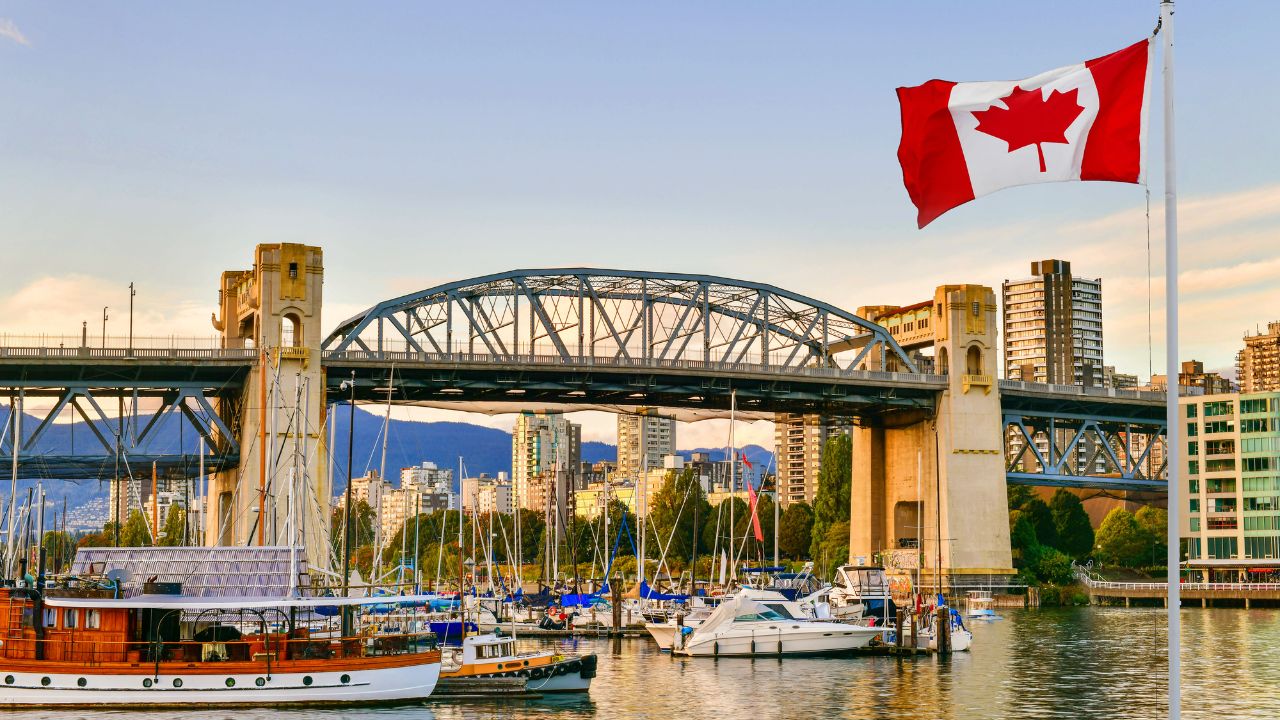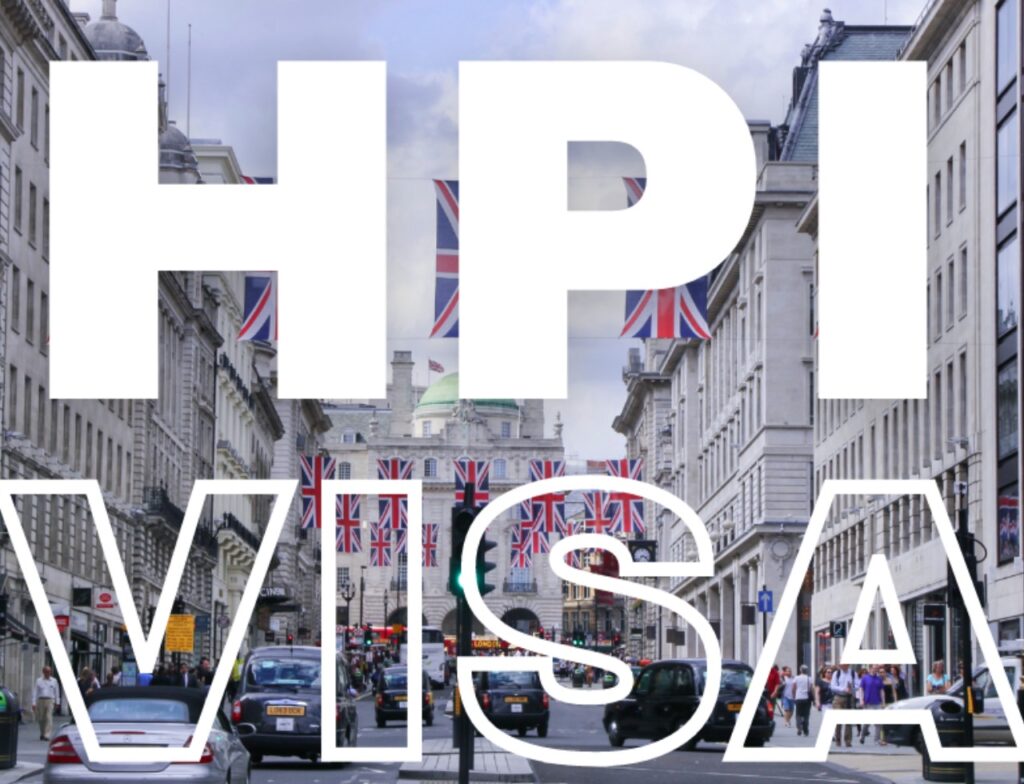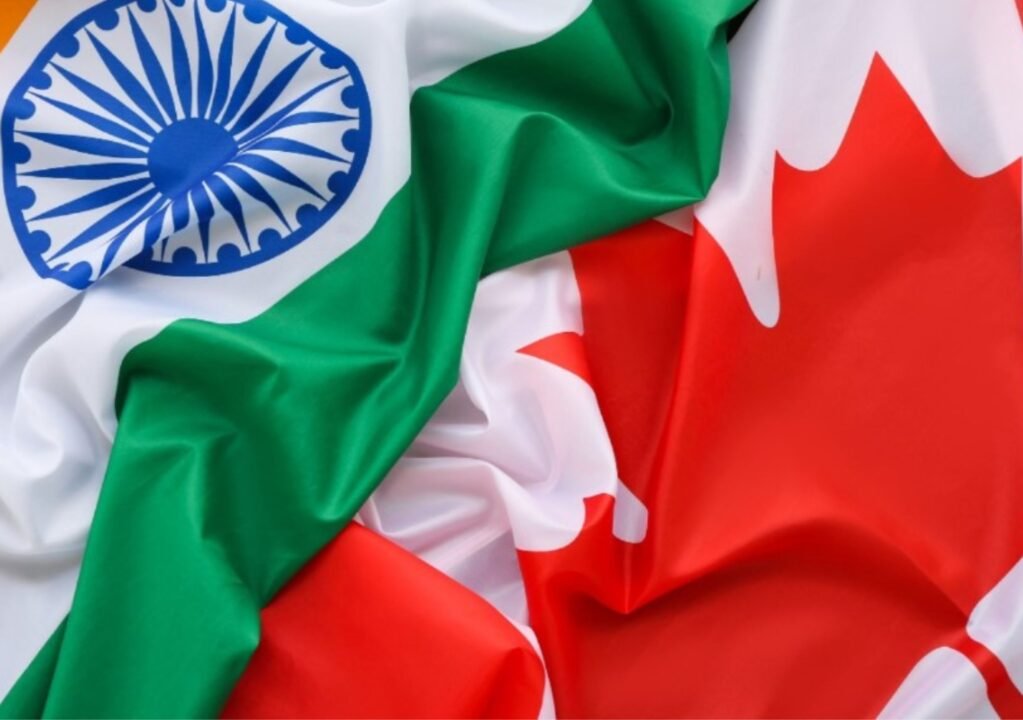A recent decision on Canada Immigration policy to put a temporary cap on the number of low-wage foreign workers is fuelling debates on its implications both for immigration and the broader economy. However, according to experts like Santosh Rao of Manhattan Venture Partners, the cap seems to come as a temporary measure rather than long-term immigration policy. The idea behind the cap is that it is supposed to balance needs with the outside labour force, not overburdening public infrastructure, health services, and housing.
Balancing Economic Growth with Infrastructure Stress
Canada, much like other Western nations, such as Australia, is finding it a real tightrope walk between catering to foreign manpower and the strain being exerted on local resources. There is great demand in both advanced countries like Canada and the United States, says Rao, for skilled and unskilled workers, but the approach has to be organized. A sudden inflow might pressurise the education system, housing, healthcare, and transport networks beyond imagination, leading to broader public discontent.
The free health care system in particular has been under strain, with the added pressure of migrants contributing to increased waiting lists and overstretched services. The country is, however, still in desperate need of labour sources in fields ranging from IT and trucking to several other similar areas. The current caps on low-wage foreign labour are hence seen as a stop-gap measure to manage these new stresses temporarily while maintaining a route to economic growth.
Economic realities and political pressures
Canada is in the midst of an immigration debate nowadays. As the elections get closer the political effects will be ?” Although there are indeed genuine issues concerning the political role of foreign workers in this country, especially with some leaders appealing to jingoism and protectionism, Rao rejects these barriers altogether, quoting how “Canada and the US firstly need foreign workers to maintain and enhance their GDPs’ and the current ceilings simply cannot be sustained long-term.
The temporary halt in the inflow of low-wage foreign workers does not portend a more sweeping retreat from immigration. Instead, it suggests a need for policy recalibration after a period of higher migration resulting from labour market dislocation caused by COVID-19. While all these countries work out both the flow and settlement of their settlers, there is almost a tacit acknowledgment that foreign workers play an important role in the process of making up for labor scarcity and the productive potential.
The global trend: the shifting immigration policy
Countries such as Canada and Australia are reconsidering their immigration policies, which also secures the number of students they admit, in order to quell rising public anxiety about the burden on local services. While the moves lifted the student intake ceiling, this was not an isolated case; it reflects a global trend in which Western economies are increasingly blasé over the idea of large-scale immigration amid slow economic growth.
Rao added by stating that such restrictive adjustments generally are time-bound and a reflection of the need for better management of immigration flows. In the way forward, with more stable economic conditions, countries have to recalibrate their intake of foreigners, but in a more structured and strategic manner. Therefore, this becomes an important balancing act in order to maintain public and social support for immigration in the long term.
Conclusion
Canada’s announced cap on low-wage foreign workers is a short-term reaction to the burdens on public services and infrastructure. This action may reach current economic and political needs, but the very imperative of immigration to reach growth in GDP is not eliminated. Both high- and low-skilled workers are crucial for the operation of Canada’s economy, and these are likely to lead towards a more balanced policy on immigration, conjoined with better organisation of the plan.





